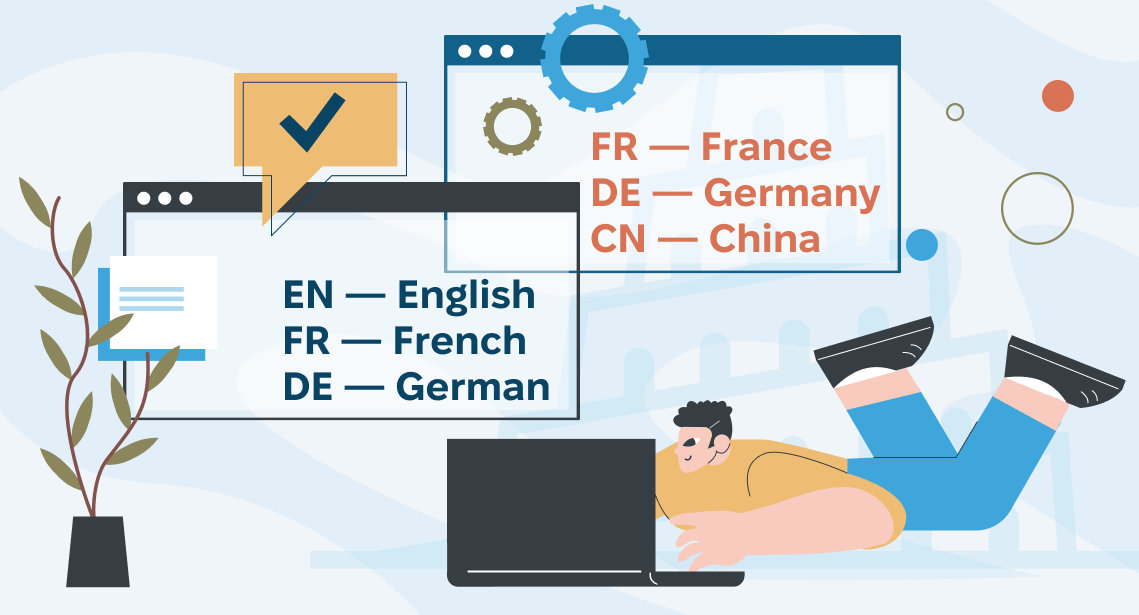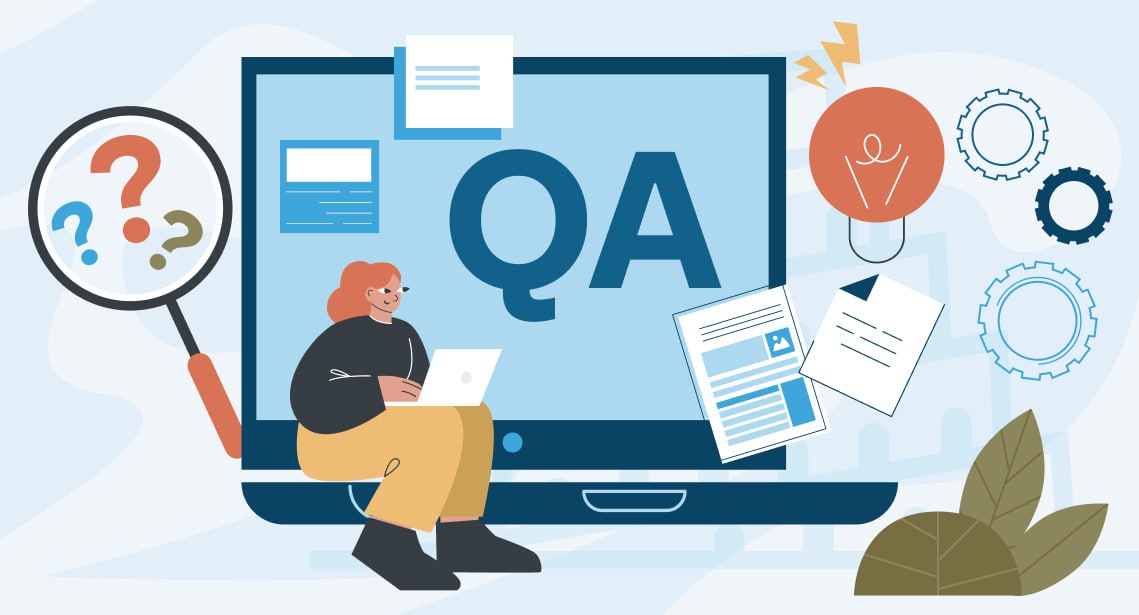Translation Quality: a Client’s Guide

This article describes the aspect of translation quality from a client's view. As in any other field, it is extremely difficult for an inexperienced client to understand what it is that different translation agencies offer, what the difference between them is, and why their prices vary so dramatically, even though all of them assure the client of their professionalism. Also, how does one determine what quality they need? Not knowing the answers to these questions, clients can sometimes act blindly: some choose the lowest price available, some only entrust their texts to translators who've already proven themselves, and some just type `translation agency` in the search field of their browser and choose a company with a more or less presentable website.
As a result, a translation often doesn't meet its desired goal. Some companies cut down their expenses only to put themselves in an awkward position with their clients later on, while others pay a lot of money for high-quality translation, yet the translated text is later left in a thick folder never to be read by anyone. We hope that this article helps clients to make their decisions with more consideration.
How is translation quality measured?
This question will be a hard one to answer for nearly half of all translation agencies' representatives, who are eager to tell you all about the quality of their services. Usually, the answer will include something about education, academic degrees, the experience of the translators, quality assurance procedures used, etc., yet will tell you nothing about their standards, non-conformance of which could be a cause for complaint.
Quality is, first and foremost, meeting clearly defined standards. Sometimes these standards are dictated by a specialist field or by the state, and sometimes the producer or the provider of the services declares them. For example, the allowed number of defective pixels displayed on a monitor, the warranty period of a refrigerator, and the allowable amount of salts in drinking water, are all standards characterized by the fact they are quantifiable. You can judge the quality by comparing the actual data to the standard claimed by the manufacturer. If the product does not comply with these specific standards, you can make a complaint. What complaints could you make to a translation agency if you did not agree on specific quality standards? `I like it` and `I don't like it` are no arguments.
That's why the Localization Industry Standards Association (LISA) developed a set of standards for translation services. The principle is as follows: penalty points are imposed for each mistake made in a translation, according to the type and severity of the mistake. The number of penalty points per 1,000 words of the translated text is then calculated. The higher the penalty, the lower the translation quality.
Since 2011, LISA has ceased to exist. However, its standards are still used in different variations. The following is an example of a translation quality assessment system used by Technolex Translation Studio:
| Preferential | Minor mistake | Major mistake | Critical mistake | |
| Accuracy of translation | 0 | 1 | 4 | 20 |
| Spelling | 0 | 1 | 3 | 20 |
| Punctuation | 0 | 1 | 3 | 20 |
| Style | 0 | 1 | 3 | 20 |
| Layout | 0 | 1 | 3 | 20 |
| Client's requirements | 0 | 1 | 3 | 20 |
| Grammar | 0 | 1 | 3 | 20 |
| Terminology | 0 | 1 | 3 | 20 |
Each cell of the table is strictly defined to determine the category of each mistake.
This way, the imposed penalty represents the quality of translation:
- Less than 5: Excellent
- 5–10: Good
- 11–15: Satisfactory
- 15 and more: Unsatisfactory
No more than 10 penalty points per 1,000 words (4 pages of text) are allowed in a quality translation, i.e. if a translation has 1 accuracy error, 2 spelling errors, and 2 misplaced commas per 1,000 words (4 pages) of text, it is considered to be below standard. Few can meet such demands. Most translation agencies exceed this limit on the very first page.
Therefore, if you want guaranteed quality from translation agencies, demand the inclusion of an appendix in the contract, which would define quality with such bare numbers. At the very least, this lets you clearly define the agency's obligations.
What quality do you need?
Now that we know what translation quality is, we need to decide what quality would be suitable for us. Most readers would probably say they need only the best. The problem is, compliance with the standards mentioned above suggests costs that can exceed an acceptable budget.
You need to decide on the importance of the text. To do this, answer this question: Who and what is the translation intended for?
For example, if you have prepared presentational materials for potential clients, and spent a lot of money on advertisement, printing, and the development of a modern website, saving money on translation would be odd, to put it mildly. This could lead to potential clients rolling on the floor laughing or simply being annoyed by the nonsense written about your products or services. Some will simply close the page after seeing a poorly written text. Hence, if the purpose of the text is to attract clients, the quality of the translation should be as high as the quality of the products or services being offered, since it is your reputation and sales that are at stake here, especially if your clients are well-educated people.
If you need a translation of documentation intended for the clients you already have, you could save some money and try a lower-cost variant. The risks are not as great in this case. It is doubtful that a client will be scared away by a comma missing in a text of instructions, but cutting costs too much is also not advisable. The only acceptable risk in such cases is to place an order with an agency for translation without editorial review. The text, however, must be translated by a qualified specialist. This reduces the cost but leaves some minor errors in the text, which, if we're being honest, 95% of readers will not notice. This is, however, a risk, and it is up to you to decide whether to take it or not. I imagine you want the client to become a regular, so it is probably best not to overdo it by reducing your expenses.
If the translation is intended for internal use or for friends who don't care about whether the text is well written or contains some small errors, then you could go with the most budget-friendly variant that offers no compliance to any standards whatsoever. However, you may want to try using a machine translation service such as Google Translate first. Maybe such a translation will do just fine, and there will be no need to spend any money.
How much does it cost?
As much as you're willing to pay. Let me tell you a little story to explain this answer. A friend of mine once went to China to negotiate a purchase of auto parts from the manufacturer. The conversation went something like this:
— How much does this part cost?
— 1 dollar.
— How much does an identical part of higher quality cost?
— 3 dollars.
— OK, what does a high-quality part cost?
— 5 dollars.
— And if I want a part that's indistinguishable from the original and complies with the strictest global standards?
— 10 dollars.
The price of the part in this example depends on the cost of production and quality control. Such is the case with translation. If an agency offers a cheap translation, there is only one possible explanation for this: the job will cost the agency little, which means it will be assigned to a contractor ready to do it for half the price you pay. Why half? According to market research, an agency earns on average about 20% of its turnover. Therefore the company gets 20 dollars for every 100 dollars you pay. Under various circumstances, an agency can make some concessions and lower its margin to 10%. Accordingly, the minimum acceptable budget for a translation project should be something like this:
- 50% is paid to the translator
- 25% is paid to the editor
- 15% make up the expenses (tax, rent, project manager's payment, other expenses)
- 10% is earned by the agency
With a budget any less than this, an agency’s very existence becomes precarious.
It is, however, possible to lower costs through the following means:
- By skipping the editing and quality control steps. By doing this, the agency practically rejects one of its main functions, only fulfilling the role of an operator.
- By saving on recruiting, and hiring translators and managers ready to work for low pay.
Let's take a closer look at the second point. Translation is a highly skilled job. Your secretary, friend, or relative who knows a foreign language won't be able to produce a quality translation. This requires a wide range of additional qualifications: grammatically correct written language, a sense of style, erudition, good logical reasoning, diligence, attention to detail, and in general an IQ significantly higher than average. 95% of people willing to translate for money do not possess these skills. Professionals spend years acquiring and perfecting them.
Translating one page takes about an hour. Now think about how much a person described above must be paid for an hour of work so that they would keep being a translator instead of choosing some other field of work. If you have trouble answering this question, here's a simpler one: find out how much a plumber, a tiler, a carpenter, a taxi driver, or even a loader, would take for an hour of work. And it is much harder to become a good translator than to get a driver's license and start picking people up.
Therefore, if a translator at an agency gets paid less than a loader, this should raise some suspicion. It should be obvious that a fully-fledged professional would not agree to be paid so little. Who would then? That's right—someone who badly needs money and is ready to take any job, no matter how much they're paid for it. That is to say, someone who is forced to translate by certain circumstances: someone who couldn't find a suitable job yet, someone who has a lot of time on their hands, someone who is just curious to try their hand at it, etc. Not only do such people lack translation skills, but they also often can't write correctly or even coherently. Nevertheless, they too have their clients. What's bad is when a client doesn't realize what they get for their money.
Let me sum up everything mentioned above with a trite truth: high quality never comes cheap. You must choose the price-quality ratio that suits you. The key is doing it knowingly and without delusions.
Conclusion
The client must clearly understand the degree of translation quality that best suits them. It's perfectly fine if some situations don't call for top-quality translation, since no one who reads it will nitpick about commas and poorly built sentences. Let's be honest—most people won't even notice these mistakes. However, if translation quality can affect the sales of your products or services, your career, or your plans, it's best to think twice whether it's worth the risk.
If you need a guarantee or demand from the agency you're placing your order with that they provide a formal definition of quality standards and criteria, so that if the received translation doesn't comply with them, you'll be able to make a reasoned complaint.
Finally, don't forget that price and quality are always interdependent. The odds of getting both high quality and low cost are practically non-existent. Always look at the price to determine the professionalism of the people the agency can hire for your project




